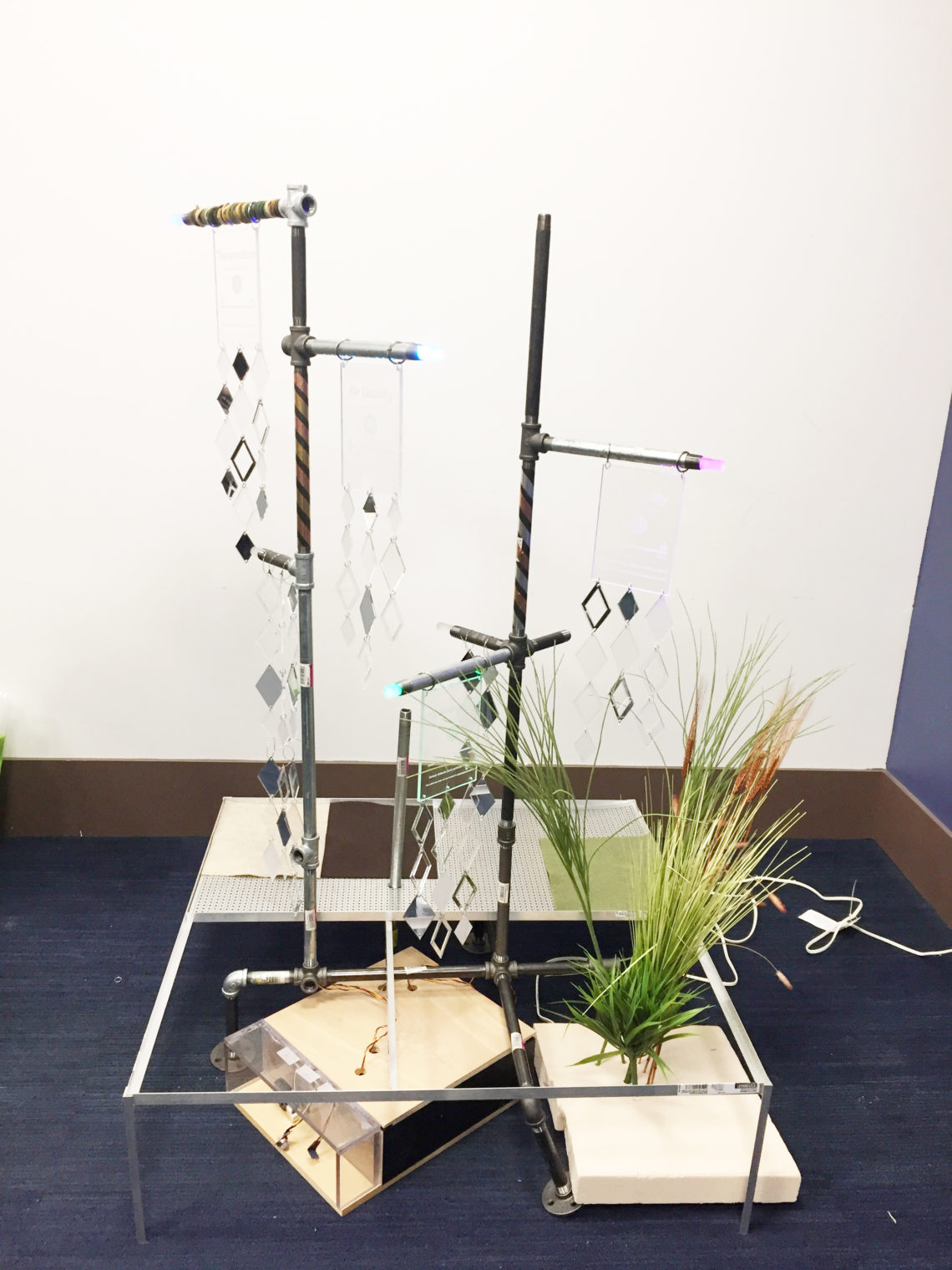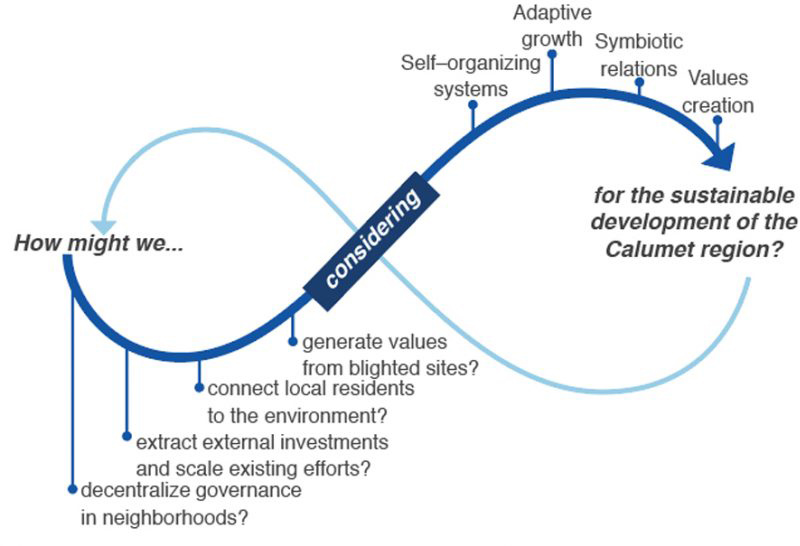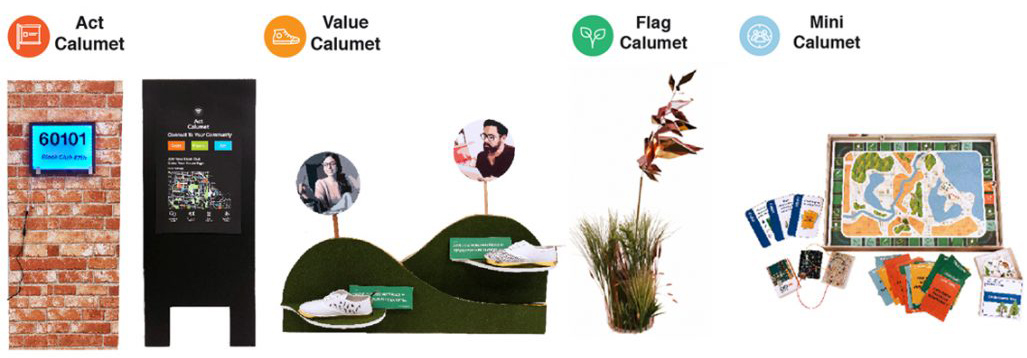
IIT Institute of Design (ID) graduate design students, in partnership with the Calumet Collaborative network, took a nonlinear, system-led approach to understanding complex civic design challenges embedded in the process of brownfields redevelopment. By understanding the flow of resources, underutilized assets, and the dynamics of the multiple systems shaping current challenges, the team proposed new strategies for regional redevelopment.
Challenge: Can Design Drive Social Innovation?
As industrial production in the Calumet area declined or moved away, large swaths of vacant and contaminated land were left behind that lack economic activities, business interest, and social capital. While some vacant spaces (clean parcels or former agricultural land [e.g. “greenfields”]) are being developed at an increasing pace within the last decade, others (containing multiple levels of contamination [e.g. “brownfields”]) not only blight their immediate surroundings, but also the future of the entire region.
Methodology: Civic Design
In this civic design project, the team explored the Calumet region as a patchwork of abandoned infrastructures with situated challenges. By applying systems design methods under eight different lenses (ecological, financial, built, digital, governance, cultural, networks, and human), the team mapped how multiple systems hinder or support redevelopment. The team then identified underutilized assets in the region and used prototyping to explore how systems could be activated to restore local economies.
Prototype as Strategies for Immersion
Throughout the spring of 2018, ID hosted design-led workshops, panel discussions, and open sections for review and critique, to combine dispersed knowledge while integrating fragmented experiences in brownfield redevelopment processes.

Because the team used prototypes to test social innovation hypotheses and concepts, they became the connecting tissue across multiple activities. The intensive immersion uncovered four properties that contributed to the design of new systems interventions: symbiotic relations, adaptive growth, self-organizing systems, and values creation.
Concepts Developed
While there are infinite speculative futures that can promote new interactions in the Calumet region, the work presented several scenarios as pathways for local economic redevelopment. The team developed and deployed a number of infrastructure prototypes over the course of the summer of 2018:

Act Calumet: a digital platform for civic empowerment that mediates community-based organization efforts to optimize local resources.
Flag Calumet: a modular installation structured on the intersection between art + science + sensor technology that serves as a facilitator between local residents and the environment
Mini Calumet: a simulation tool for reconnecting local youth population with the environment through educational programs.
While the scenarios might be understood as separate interventions, four actions are common across them: involving residents, leveraging assets, empowering science, and strengthening the local economy. The matrix shows how main offerings from the scenarios can distribute power and agency across the multiple agents involved.
Students suggested to the Calumet Collaborative adding knowledge and data brokerage capabilities to provide innovative approaches considering the required flexibility in the type and timing of activities the organization takes on.
The overall goal is to align individual and businesses projects to regional goals by connecting available data from products, services, and the environment to inform better decisions for broader system impact.